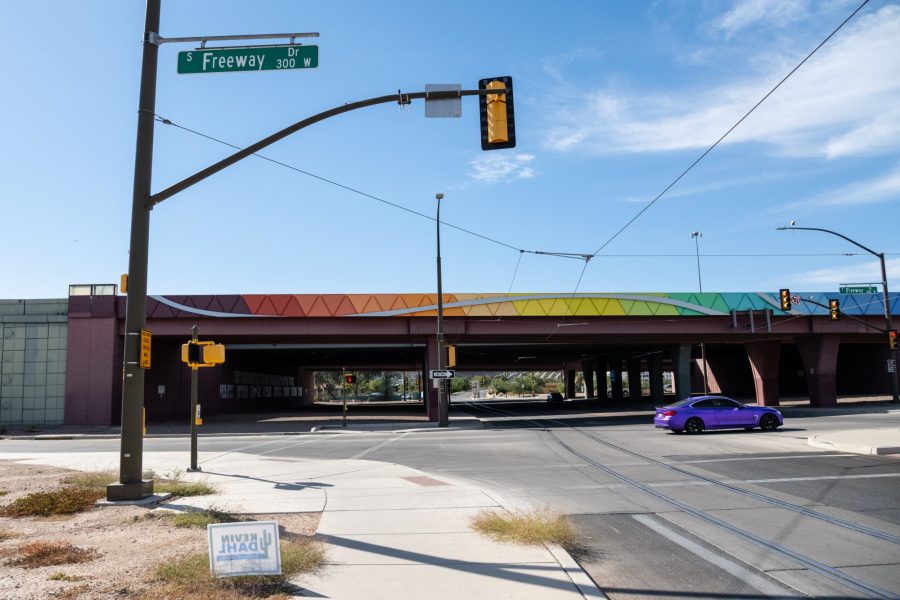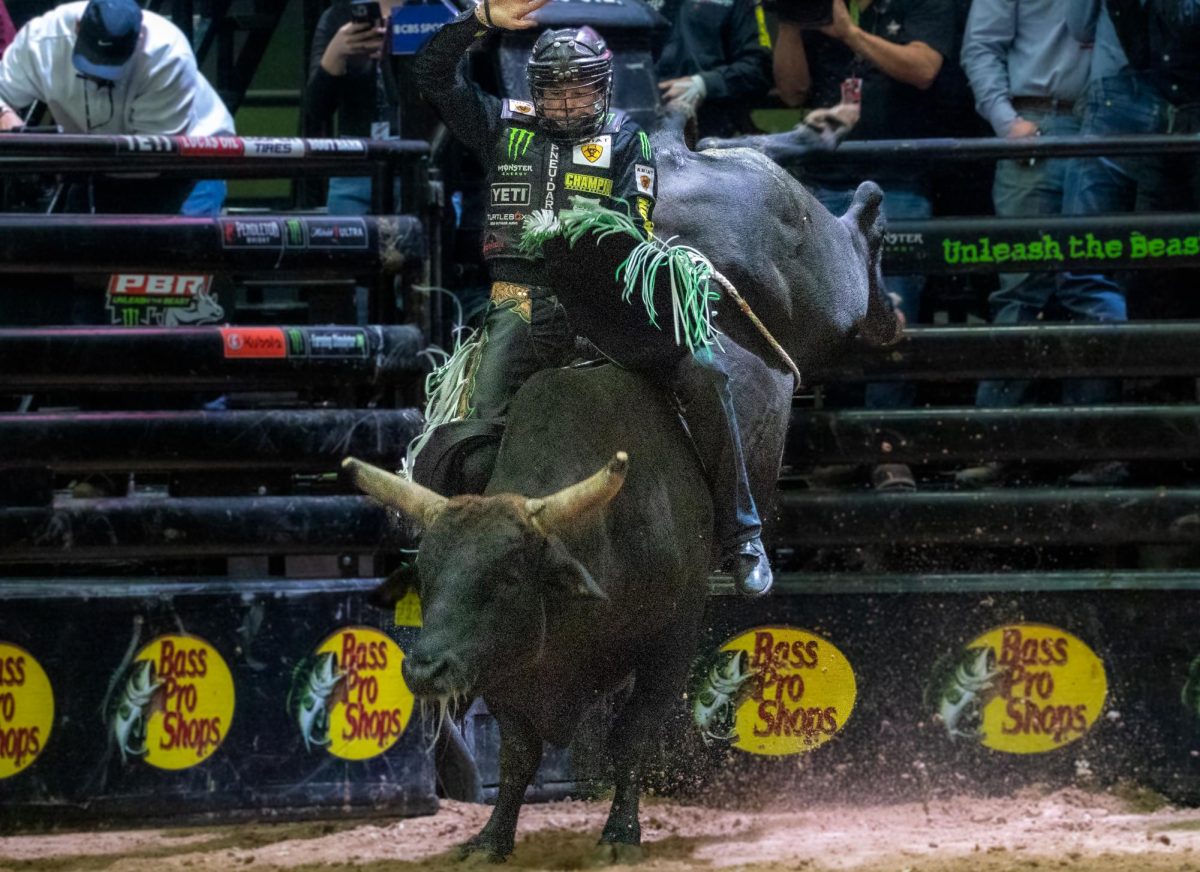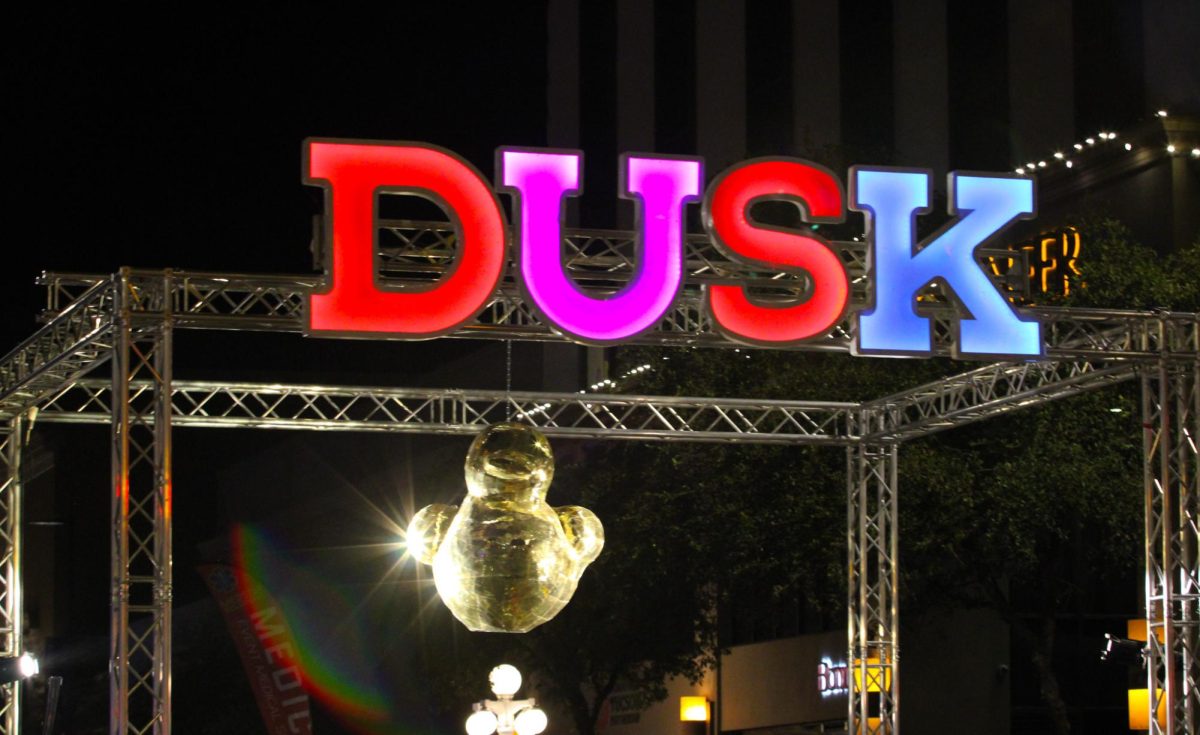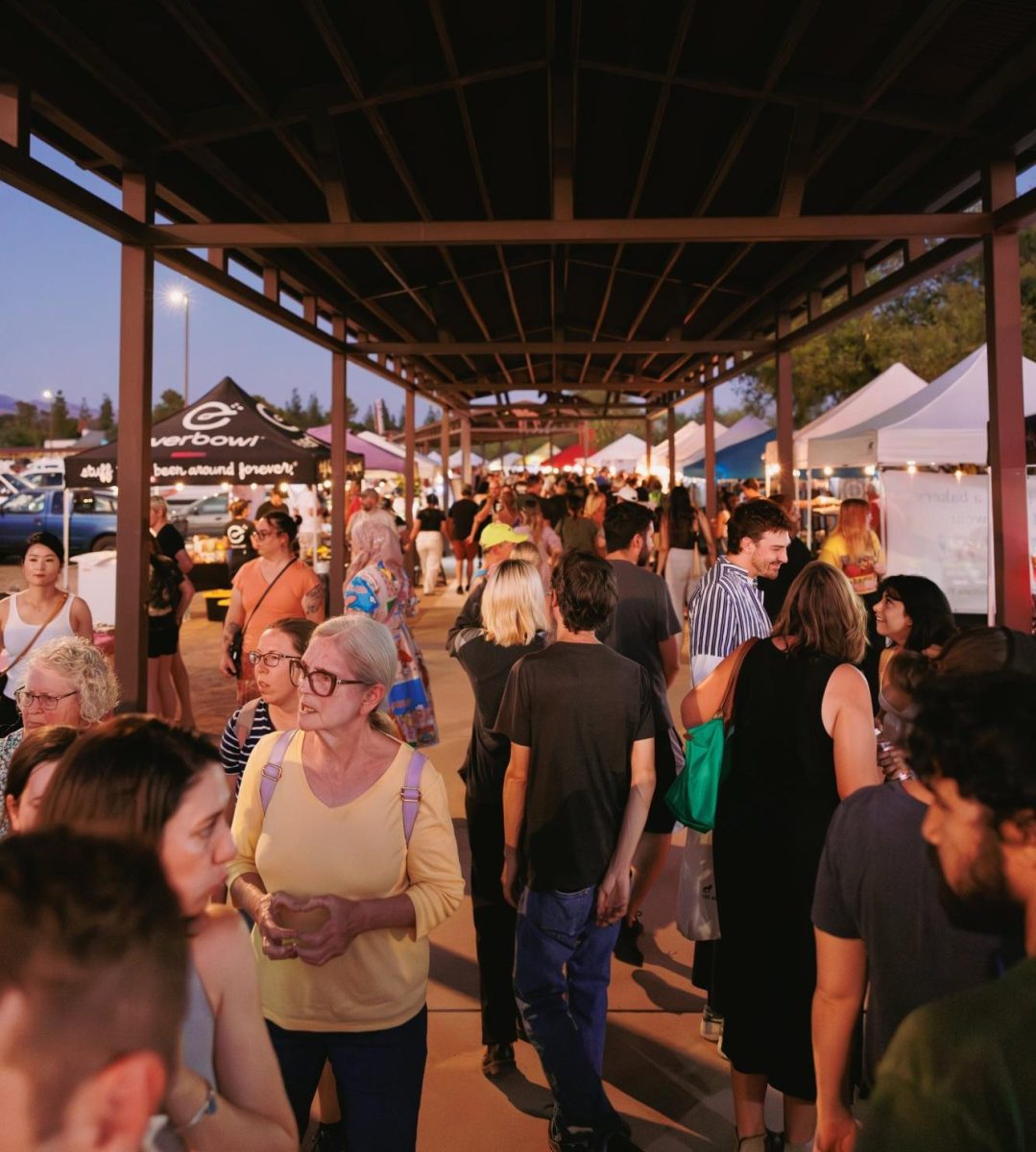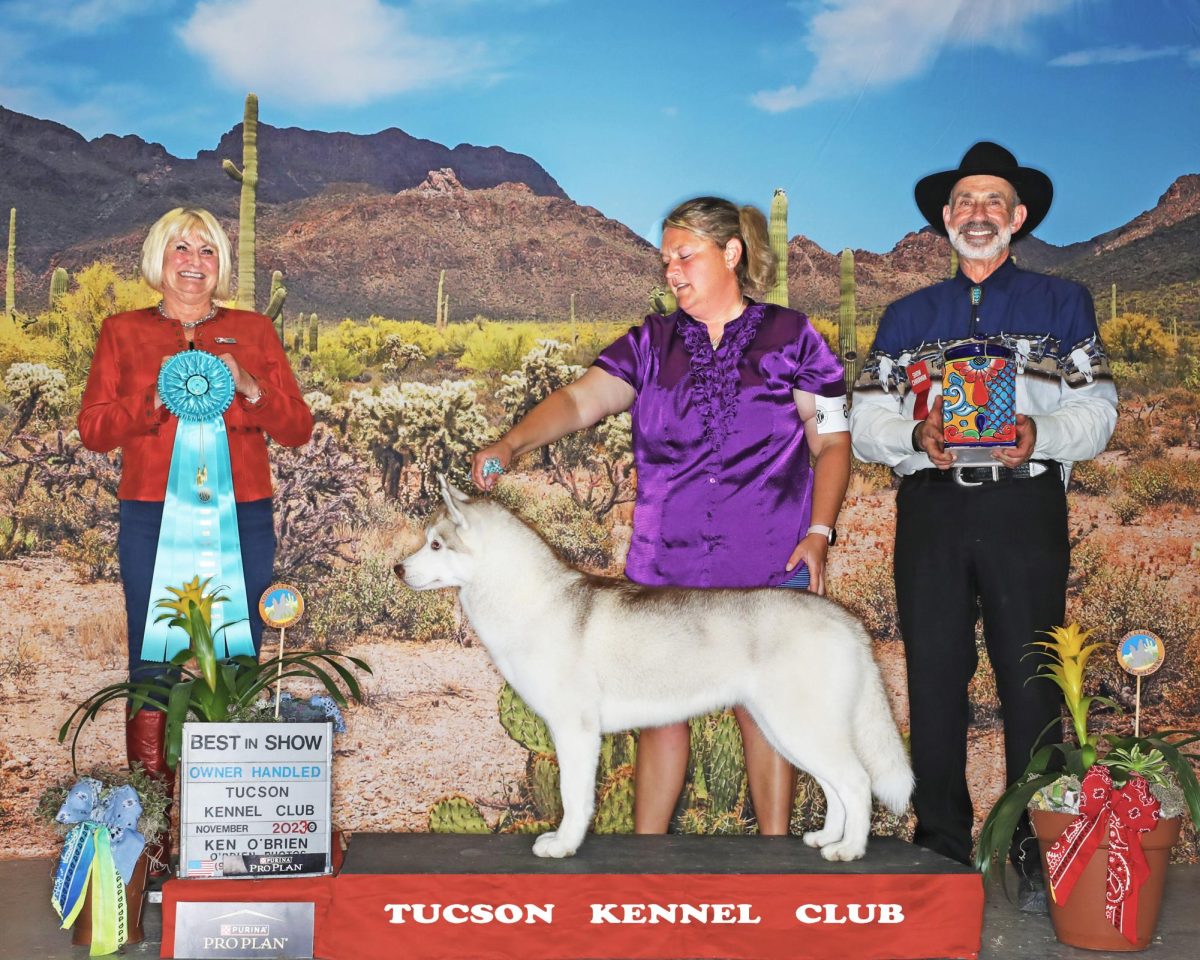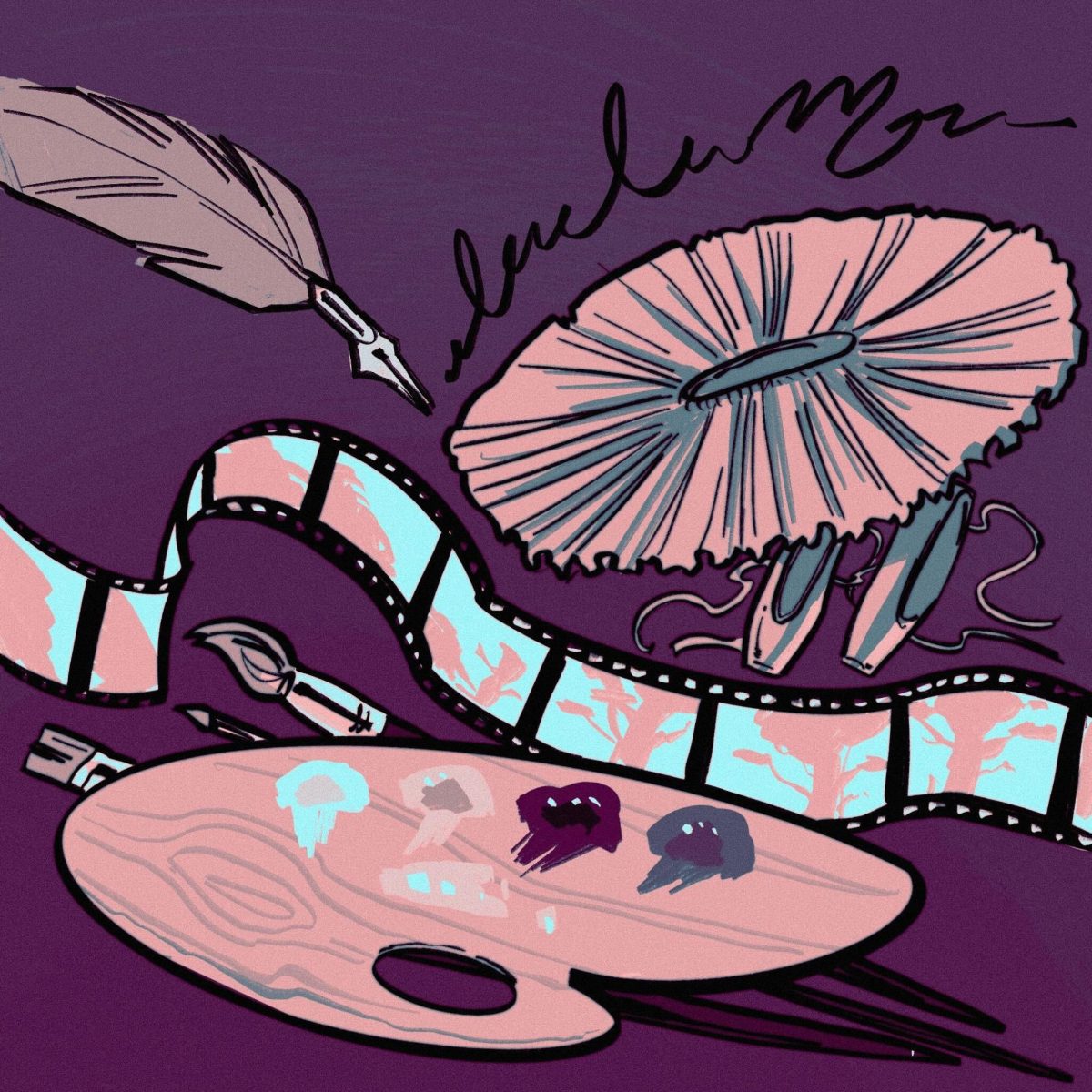It was part of his daily ritual. Virtually every morning back in 2016, Caleb Gutierrez would ride his bike underneath the I-10 Cushing Street underpass. While waiting for the red light to change, he would look over at a vast, open area. It had tons of potential, but back then, it was only a large, empty space.
“And one morning, I just kind of got the idea of, ‘Man, this could be a new skate park in Tucson,” Gutierrez said. “Everywhere else in the United States — in the world — has a shaded skate park.”
OK, maybe not everywhere, but Gutierrez has a point: with scorching desert heats including regular triple-digit temperatures, Tucson surprisingly has no covered outdoor skate parks.
He decided to propose this idea to a city council meeting, with his friend Kyle Araishi in tow.
“Here we are, two skaters walking up to the podium, and they time us for three minutes. … All seven board members loved it,” Gutierrez said. “And the whole crowd in that building … [was] cheering.”
After this proposal, Gutierrez said he and Araishi would attend meetings at Tucson Mayor Regina Romero’s office a couple of times a month to discuss and pursue the approvals for this project. Romero was a councilwoman at the time.
Still, the Cushing Street Skatepark hasn’t been without its difficulties. At different points throughout the last few years, Gutierrez said they have experienced pauses in the project.
“I wasn’t giving up either, but slowly, things were just slowing down,” Gutierrez said. “It was a lot too, because you see people downtown or anywhere, and they would always just ask me, ‘When’s the skate park being built? What are you doing?’”
Formation and involvement of the Tucson Skate Park Alliance
Ask virtually anyone about the Cushing Street Skatepark project, and the Tucson Skatepark Alliance is bound to come up in the conversation.
The nonprofit was formed in 2018 to advocate for the Cushing Street Skatepark, along with improving other skate spots around the city. On March 23, the alliance presented their case for the skate park during a city council meeting, detailing potential economic benefits, a reduction in crime and creating a sense of belonging for the community.
A motion was passed unanimously approving the process of conducting a feasibility study, seeking the necessary Arizona Department of Transportation approvals and engaging a community engagement process to receive feedback for the Cushing Street Skatepark.
During the meeting, Romero showed her continued support for the project, commending the alliance for their continued perseverance over the years and described Cushing Street Skatepark as an “innovative and wonderful use of dead space.”
RELATED: On- and off-campus residents destroy exit signs for a moment of fame
Where it is now
Now, five years later, the City of Tucson is currently in the process of hiring someone to do a feasibility study, which would determine the viability and probable cost to build the skate park.
Greg Jackson, a deputy director of capital planning and development at Tucson Parks and Recreation, said the city has reached out to a local landscape and architecture firm and is awaiting a proposal. After a contract is set in place, Jackson it could take around an “eight month design time” before any construction can begin.
The cost of the project is to be determined by the feasibility study, according to Jackson. He said the City of Tucson has only approved the funding for feasibility and design and may allocate funds for construction at a later date. Gutierrez and others affiliated with Tucson Skatepark Alliance have also been raising funds over the span of the project.
Portraits under the bridge wall
In the meantime, to increase awareness of the project, photographer Shannon Smith decided to take portraits of various Tucson skateboarders to paste on the bridge wall of the Cushing Street Skatepark location.
Her idea was inspired by the Inside Out project, a global art project that aims to “make a statement by displaying large-scale black and white portraits in public places.”
Smith eventually submitted the idea to the platform, dubbed the “Cushing Street Skatepark Portrait Project.” The portraits were installed during August, and featured 69 skateboarders of various ages, ethnicities and gender identities. Though she initially aimed for 300 portraits, the number was reduced due to COVID-19 and limitations on social distancing.
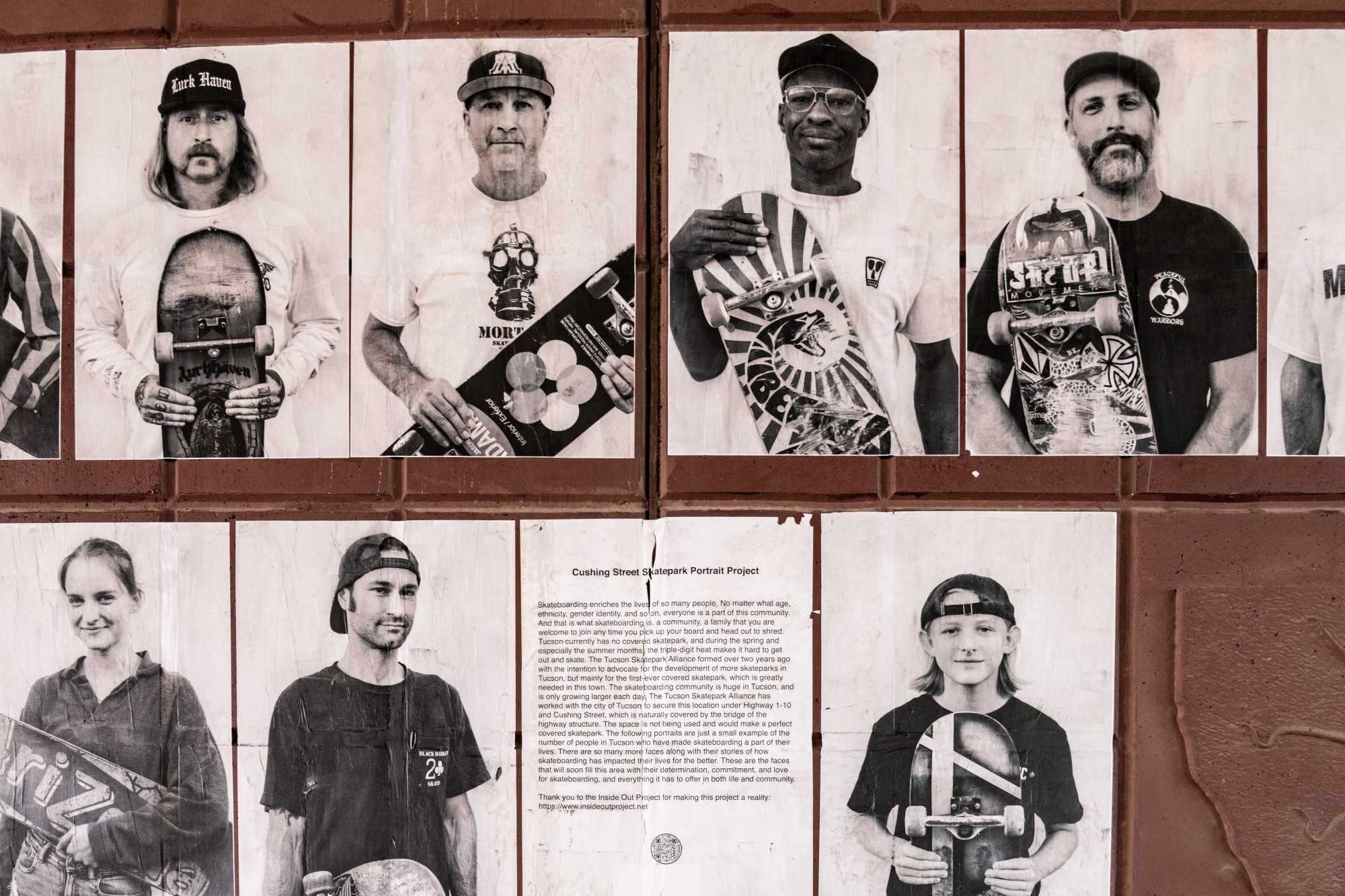
Yasmynn “Ylo” Lopez is a member of “Badass Bitches Skate,” a group composed of around 15 women skateboarders. She said her skateboarding group was approached by Smith to take part in the project. Raising awareness for the Cushing Street Skatepark was important to her as it would create a safe space for skaters without the worry of bothersome weather conditions.
“If you think about it, skateboarding gives you a place because you don’t really get judged,” Lopez said. “You do you, and you make friends along the way because you guys all share that love and commonality of skateboarding … and then, to have that little bit of rain or just a hot day take that away from you, it sucks, I guess.”
Eric Barnes, also pictured in the portraits, is a skateboarder with over 30 years of experience. He said the covered skate park is what Tucson’s environment needs.
“You go to the bridge, there’s nothing there but rocks. Rocks and dirt, you know? So why not use that space for something that’s really good for the youth and the community — actually, for all people?” said Barnes.
Follow Sohi Kang on Twitter



